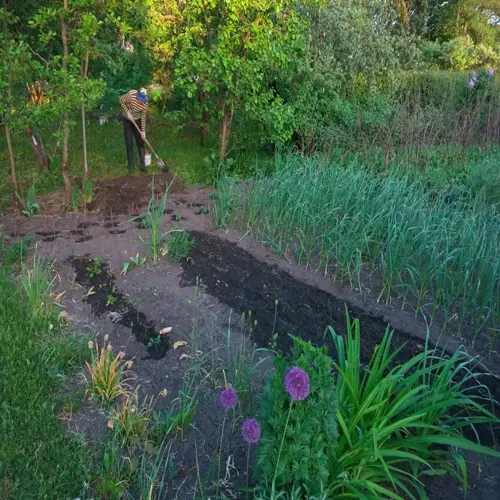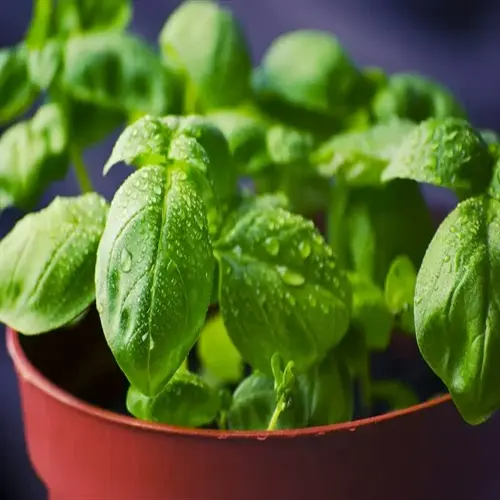How does coffee grounds affect garlic?

Written by
Michael Sullivan
Reviewed by
Prof. Martin Thorne, Ph.D.The use of coffee grounds in garlic beds requires a bit more thought about soil chemistry. They are high in nitrogen, which can help boost growth and can also significantly alter pH balance. Knowing how to apply them properly will prevent problems such as nutrient lockout, which can occur due to excessive acidity. I've used them for years with great success, following a few basic guidelines.
Soil pH Modification
- Lowers pH by 0.5-1.0 points per application
- Beneficial in alkaline soils above 7.0 pH
- Harmful in acidic soils below 6.0 pH
- Test soil before each application
Nutrient Contributions
- Provides slow-release nitrogen (2% by volume)
- Adds trace minerals: potassium, magnesium, copper
- Carbon content improves soil structure
- Balances green materials in compost
Microbial Activity
- Stimulates beneficial soil bacteria
- Increases earthworm populations
- Suppresses fungal pathogens in moderation
- Excess amounts can create anaerobic conditions
Always apply critical precautions for garlic safety. Do not use grounds near seedlings - allopathic things are still present. Always complement with calcium sources, such as eggshells. I use one crushed eggshell per garlic plant per month in my garlic beds. This also helps avoid magnesium imbalances that impede growth.
Incorporating compost ensures the safest way to deliver materials. Mix your grounds with brown materials at a ratio of 1 part grounds to 4 parts browns. Allow 3 months of decomposition before using. My compost incorporates coffee grounds, leaves, and straw. This provides the perfect texture for the garlic's shallow roots.
Pay close attention to plant responses afterwards. Yellowing leaves indicate pH problems. Stunted growth indicated nutrient lockout. I conduct soil testing monthly during the active growing season. I would change your practices immediately when issues happen. Healthy garlic has deep green upright leaves.
Read the full article: When to Plant Garlic Perfectly

